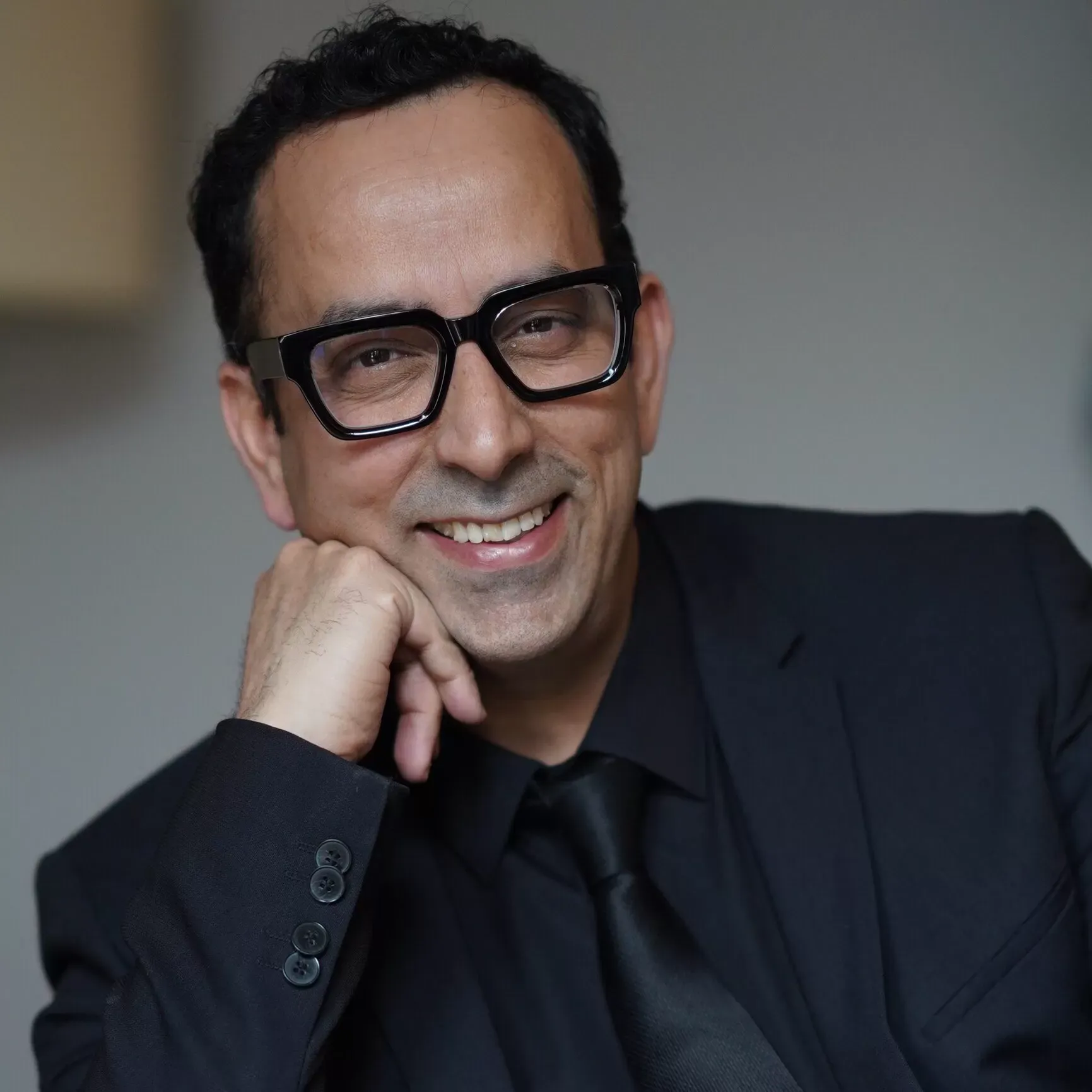Agentic AI in Art Restoration and Authenticity Checks
Summary
Agentic AI in Art Restoration and Authenticity Checks Art conservation and authentication are vital to preserving humanity’s cultural heritage. Yet these tasks are notoriously complex, requiring painstaking analysis, specialized skills, and deep historical knowledge. Traditional …
Key Takeaway
- Agentic AI in Art Restoration and Authenticity Checks Art conservation and authentication are vital to preserving humanity’s cultural heritage.
- Yet these tasks are notoriously complex, requiring painstaking analysis, specialized skills, and deep historical knowledge.
- Traditional methods — from chemical pigment analysis to expert visual inspection — can be time-consuming, subjective, and vulnerable to error or fraud.
- Agentic AI offers a groundbreaking opportunity to transform this field.
- By deploying intelligent, autonomous, goal-driven agents, museums, galleries, and private collectors can augment human expertise with powerful tools to restore artworks more precisely and verify authenticity with greater confidence.
Body
Agentic AI in Art Restoration and Authenticity Checks Art conservation and authentication are vital to preserving humanity’s cultural heritage. Yet these tasks are notoriously complex, requiring painstaking analysis, specialized skills, and deep historical knowledge. Traditional methods — from chemical pigment analysis to expert visual inspection — can be time-consuming, subjective, and vulnerable to error or fraud. Agentic AI offers a groundbreaking opportunity to transform this field. By deploying intelligent, autonomous, goal-driven agents, museums, galleries, and private collectors can augment human expertise with powerful tools to restore artworks more precisely and verify authenticity with greater confidence. What Is Agentic AI for Art Restoration and Authentication? Agentic AI refers to self-directed, adaptive intelligent agents that can pursue goals while continuously learning from data. In the context of art restoration and authenticity checks, these agents can: Analyze high-resolution images, multispectral scans, and chemical data from artworks Compare an object’s characteristics against extensive datasets of verified works Detect microscopic patterns of craquelure, brushstroke techniques, and material aging Recommend conservation methods based on best practices and historical precedents Learn from restoration results to improve future treatment recommendations Identify suspicious features that warrant further expert examination or forensic study Unlike rule-based systems, agentic AI continuously adapts, working as a dynamic partner for conservators and authentication specialists. Benefits of Agentic AI for Art Conservation ✅ Greater precision – Supports highly detailed, minimally invasive restoration decisions. ✅ Enhanced fraud detection – Flags anomalies invisible to the naked eye for further expert review. ✅ Faster workflows – Speeds up analyses of pigment, material, or technique, saving valuable conservation time. ✅ Preservation of expertise – Captures and shares knowledge from leading conservators and art historians for future generations. ✅ Continuous improvement – Learns with every new restoration project or authenticity check. Practical Applications Agentic AI–driven systems are already finding promising applications in: Museum conservation labs: Analyzing layer structures and recommending targeted interventions. Auction houses: Pre-screening artworks for suspicious signatures, materials, or construction. Private collections: Monitoring the condition of valuable works over time to flag degradation early. Archaeological finds: Assisting with the reconstruction and verification of fragmented artifacts. Implementation Considerations For institutions and conservators exploring agentic AI tools, keep in mind: Data privacy and security – Protect high-resolution scans and provenance data from misuse or theft. Transparency – Conservators must understand and explain the reasoning behind AI-driven suggestions. Human oversight – Final decisions must remain with qualified experts who bring cultural and historical context. Integration – AI tools should work seamlessly with existing lab equipment and collection management systems. Ethical considerations – AI recommendations should respect cultural sensitivities and international heritage laws. The Future of Art Conservation and Authentication As collections grow and the global art market becomes ever more complex, agentic AI will play a vital role in preserving, authenticating, and celebrating the world’s cultural treasures. These systems can support human expertise with unprecedented precision and speed, empowering professionals to safeguard artworks for future generations. Forward-thinking institutions that adopt agentic AI today will help define a new era of transparent, resilient, and technologically advanced art conservation.
Final Takeaway
Decide what matters, execute in short cycles, and make progress visible every week—so you enter 2026 with momentum.
About Ian Khan – Keynote Speaker & The Futurist
Ian Khan, the Futurist, is a USA Today & Publishers Weekly National Bestselling Author of Undisrupted, Thinkers50 Future Readiness shortlist, and a International Top Keynote Speaker. He is Voted Top 25 Futurists worldwide and a media personality focused on future-ready leadership, AI productivity and ethics, and purpose-driven growth. Ian hosts The Futurist on Amazon Prime Video, and founded Impact Story (K-12 Robotics & AI). He is frequently featured on CNN, BBC, Bloomberg, and Fast Company.
Mini FAQ: About Ian Khan
Does Ian provide post-keynote resources?
Yes—toolkits, reading lists, and Q&A follow-ups to maintain progress.
What formats does Ian offer?
Mainstage keynotes, breakouts, executive briefings, and private workshops.
How far in advance should we book?
As early as possible—popular dates fill quickly.

